Currency
Dome Shaped Baglamukhi Yantra
- Auspiciously made from the Vedic Diagrams.
- The Yantra will be Blessed and Energised before dispatch.
- Yantra is made of copper
₹1,800 ₹3,200Price range: ₹1,800 through ₹3,200

Get 3% Discount on Prepaid Orders
What Our Customers Are Saying
Dome Shaped Baglamukhi Yantra
Baglamukhi is one of the ten Mahavidyas, a group of ten goddesses in Hinduism representing different aspects of the divine feminine energy. She is often worshipped for her ability to provide protection and help in overcoming obstacles, especially in legal matters and conflicts.
Dome Shaped Baglamukhi Yantra typically consists of a central point (bindu) surrounded by concentric geometric shapes, such as triangles, squares, and circles, along with various Sanskrit mantras and inscriptions. These geometric patterns and mantras are believed to hold the divine energy and blessings of Goddess Baglamukhi.
What is the significance of Baglamukhi Yantra? Worshipers of Baglamukhi use this yantra for various purposes, including:
- Protection: It is believed that meditating upon or worshiping the Baglamukhi Yantra can protect one from enemies, legal disputes, and negative energies.
- Obstacle Removal: People seek the blessings of Baglamukhi to remove obstacles and hindrances in their lives, whether they are personal, professional, or legal in nature.
- Gaining Control: Baglamukhi is often associated with the power to control and dominate one’s adversaries or opponents. People use this yantra to gain an upper hand in disputes and conflicts.
- Legal Matters: Individuals facing legal issues or court cases may use the Baglamukhi Yantra to seek favorable outcomes and justice.
How to Worship Dome Shaped Baglamukhi Yantra
- Cleansing: Begin by purifying yourself and your surroundings. Take a bath and wear clean clothes. Clean the area where you will be performing the worship.
- Where should Baglamukhi Yantra be placed? : Find a clean and sacred space to place the Dome Shaped Baglamukhi Yantra. It is usually made of metal or can be printed on a Bhojpatra (sacred paper). Place the Yantra on a clean cloth or wooden platform.
- Offerings: Gather the necessary items for the worship, including flowers, incense sticks, a lamp, camphor, fresh water, turmeric, kumkum (vermilion), sandalwood paste, fruits, sweets, and any other traditional offerings.
- Invocation: Begin by invoking the blessings of Lord Baglamukhi. You can chant the Baglamukhi Mantra or any other relevant mantra while meditating on the deity.
- Panchopachara Puja: Perform the Panchopachara Puja, which consists of five essential offerings:
- Dhoop (Incense): Light the incense sticks and wave them in a circular motion in front of the Yantra.
- Deep (Lamp): Light the lamp and offer it in front of the Yantra, symbolizing the dispelling of darkness and the presence of divine light.
- Pushpa (Flowers): Offer fresh flowers to the Yantra while reciting prayers.
- Gandha (Sandalwood paste): Apply sandalwood paste on the Yantra.
- Naivedya (Food offering): Offer fruits, sweets, or any vegetarian food to the Yantra.
- Mantra Chanting: Recite the Baglamukhi Mantra or any other prescribed mantras dedicated to Goddess Baglamukhi. You can chant these mantras a specific number of times, such as 108 or 1008, using a mala (prayer beads) for counting.
- Meditation and Prayer: After chanting the mantras, sit in front of the Yantra and meditate on the divine energy of Baglamukhi. Offer your sincere prayers, seeking her blessings, protection, and guidance in your life.
- Aarti: Conclude the worship by performing the Aarti, a ritual of waving the lamp in a circular motion in front of the Yantra. Sing or recite the Baglamukhi Aarti or any other devotional hymns.
- Prostration and Gratitude: Express your gratitude to Goddess Baglamukhi for her blessings. Bow down or prostrate before the Yantra as a sign of reverence and surrender.
- Regular Worship: Establish a regular practice of worshiping the Dome Shaped Baglamukhi Yantra. You can perform the ritual daily or on specific days dedicated to Goddess Baglamukhi, such as Tuesdays or during the Navaratri festival.
| Weight | 0.100 kg |
|---|---|
| Select Size | 3" X 3" Copper, 3" X 3" Golden Plated, 6" X 6" Copper, 6" X 6" Golden Plated, 6" X 6" Golden Plated with Frame, 6" X 6" Copper with Frame, 9" X 9" Copper |
Q & A
FAQS
Yes — Rudrapuja guarantees authenticity and offers XRAY-certified Rudraksha beads, ensuring that each product is genuine and lab-validated.
Absolutely! We provide fast international shipping, with delivery typically within 5–12 business days after dispatch.
Yes — We offer Cash on Delivery across India, along with free shipping options.
You have 10 days from the date of delivery to return an item, provided it’s unused and in its original condition.
We strictly deal only in genuine products, and each Rudraksha is lab-certified to maintain the highest standards.
Visit our dedicated FAQ page for detailed answers on selecting Rudraksha beads, their benefits, meditation usage, and more.
You can reach us via WhatsApp, phone, or email. Details are available on our "Contact Us" page and site header.
At Rudrapuja, we promise 100% genuine products with an authenticity certificate. We source every Rudraksha bead to ensure freshness and purity. Our Vedic Yantras are crafted strictly as per the Puranas. We focus on understanding customer needs, solving their challenges, and offering authentic quality at the best price.






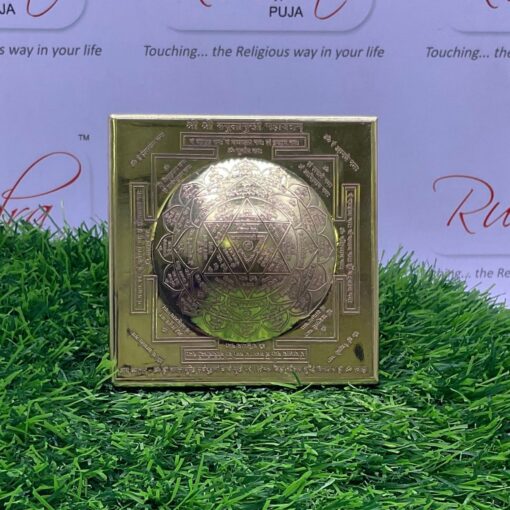






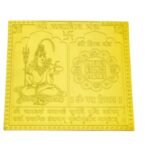


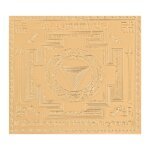
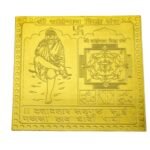
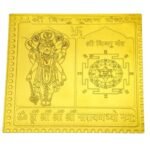





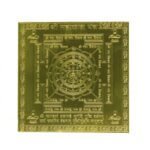
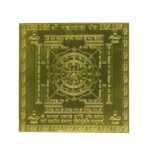
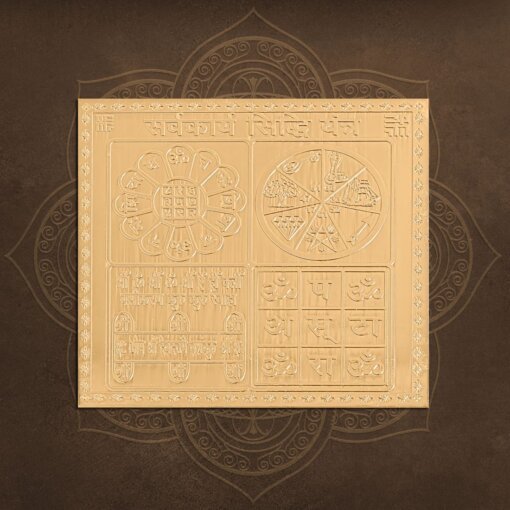
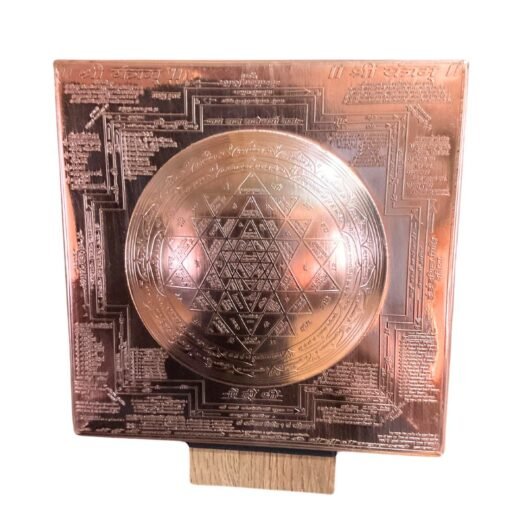



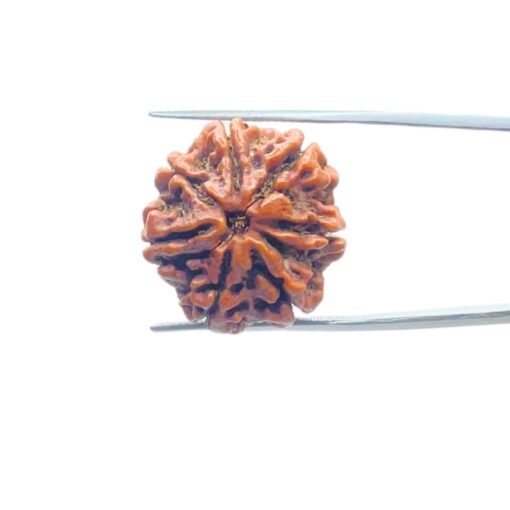


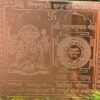



Reviews
There are no reviews yet